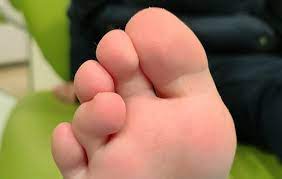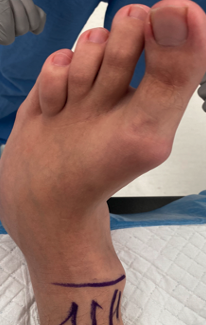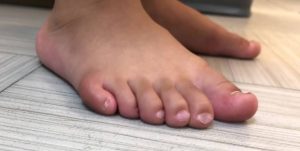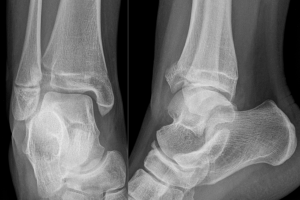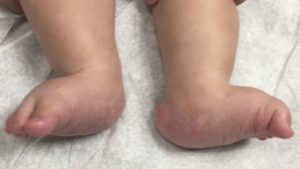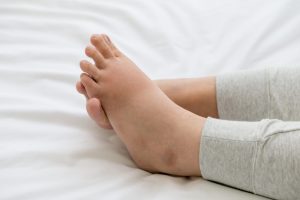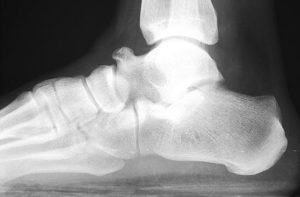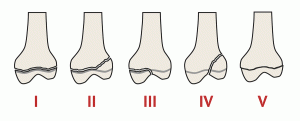
The Salter-Harris classification is a system used to classify fractures that involve the growth plate, also known as the epiphyseal plate, in pediatric patients. The growth plate is a cartilage-rich area at the ends of long bones that allows for bone growth and development.
The Salter-Harris classification divides growth plate fractures into five categories, based on the location and extent of the fracture:
Type I: This is a transverse fracture that runs through the growth plate, separating the epiphysis (the end of the bone) from the metaphysis (the shaft of the bone). This is the most common type of growth plate fracture and is usually treated with immobilization and close monitoring.
Type II: This is an oblique fracture that runs through the growth plate and into the metaphysis. This type of fracture is also treated with immobilization and monitoring, and may require more frequent follow-up to ensure proper healing.
Type III: This is a fracture that runs through the growth plate and into the epiphysis. This type of fracture may require more aggressive treatment, such as surgery, to prevent long-term complications such as growth disturbances or joint deformities.
Type IV: This is a fracture that runs through the growth plate, the epiphysis, and the metaphysis. This type of fracture is relatively rare and may require surgical intervention to prevent long-term complications.
Type V: This is a crush injury to the growth plate that results in damage to the cells responsible for bone growth. This type of fracture is also relatively rare and may require surgical intervention to prevent growth disturbances.
The Salter-Harris classification is a useful tool for healthcare professionals in assessing and managing growth plate fractures in pediatric patients. Treatment options for growth plate fractures may include immobilization, closed reduction (manipulation of the bones to restore proper alignment), and surgery in some cases.
Overall, prompt and appropriate treatment of growth plate fractures is important to minimize the risk of long-term complications and ensure proper bone growth and development.
